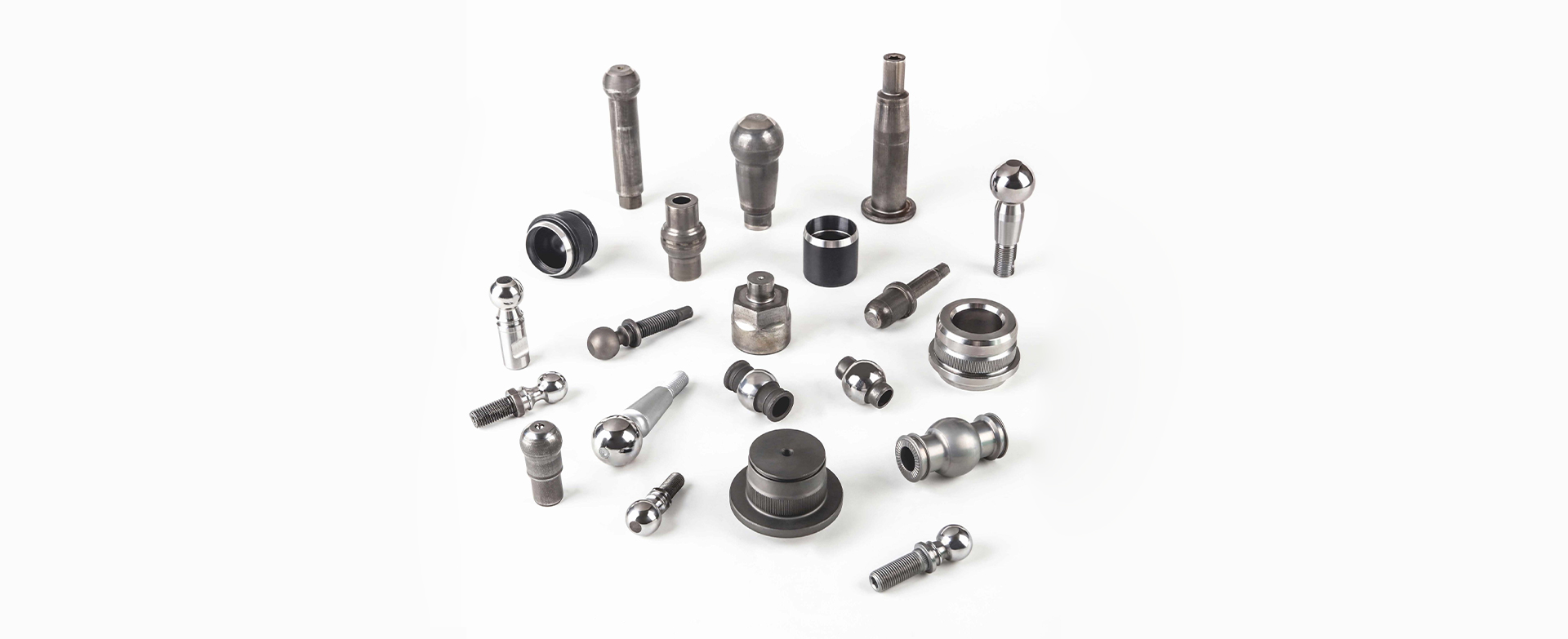| Classification of automobile wheel hub |
The wheels on the market can be divided into steel wheels and alloy wheels according to their materials, and each has its own advantages and disadvantages. The main advantage of steel wheel hub is that the manufacturing process is simple (generally using casting process, for example, aluminum alloy wheel hub is generally produced by low-pressure casting process), the cost is relatively low, and the ability to resist metal fatigue is very strong, which is what we commonly call cheap and strong. However, the disadvantages of steel wheel hub are relatively prominent, such as ugly appearance (it can be said that there is no appearance to speak of), large weight (the same wheel hub steel material is much heavier than aluminum alloy material), high inertia resistance, poor heat dissipation, and very easy to rust. Alloy wheel hub can just make up for such problems, light weight, small inertia resistance, high manufacturing accuracy, small deformation and inertial resistance when rotating at high speed, which is conducive to improve the straight-line driving performance of the car, reduce the rolling resistance of tires, and reduce the fuel consumption. The thermal conductivity of alloy material is about three times that of steel, and it has good heat dissipation. It can play a certain role in the heat attenuation of vehicle braking system, tire and brake system. The alloy wheels of the original cars on the market are mainly made of aluminum alloy. Of course, in order to meet certain special requirements and improve the vision, many modified wheels will choose chromium, titanium and other elements as the basic materials. However, compared with steel wheel hub, the price of alloy wheel hub is much more expensive. Therefore, in many low-end and medium-sized original vehicles, steel wheel hub will appear in low-end vehicle model, and alloy wheel hub is the standard configuration of high-end vehicle. |
| Return back |

We have rich experience in production of ball pin
LEARN MORE
nut, bolt and wheel hub
wheel hub assembly.
We have rich experience in production of ball pin
LEARN MORE
nut, bolt and wheel hub
wheel hub assembly.
We have rich experience in production of ball pin
LEARN MORE
nut, bolt and wheel hub
wheel hub assembly.
We have rich experience in production of ball pin
LEARN MORE
nut, bolt and wheel hub
wheel hub assembly.
We have rich experience in production of ball pin
LEARN MORE
nut, bolt and wheel hub
wheel hub assembly.
We have rich experience in production of ball pin
LEARN MORE
nut, bolt and wheel hub
wheel hub assembly.
